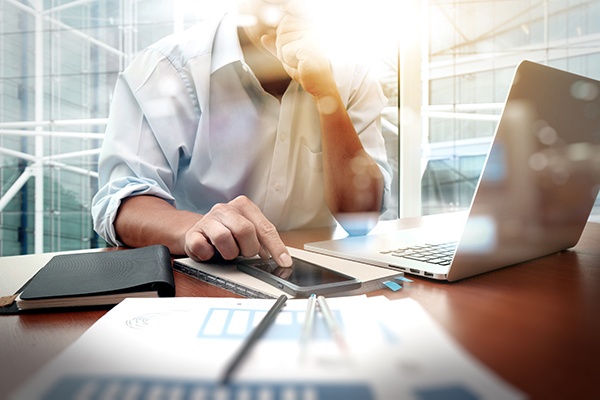
Your CAMs are a significant part of your occupancy cost. Unlike your rents, they're usually not a set figure. Your landlord is free to pass through CAMs to you, whatever they cost, and you're obligated to pay them. While you can't always manage this part of your occupancy cost, you can prepare for any changes in it by tracking a few basic metrics.
Managing Utilities
If your utilities are billed in common with other tenants, you might not have a lot of control over them. Anything that you do to be more energy-efficient could be cancelled out by another tenant. If your building goes from being partially vacant to being fully occupied, you could also end up paying more for utilities, especially if your lease doesn't have a gross-up clause. You can see increases coming by doing the following things:
-
Pay attention to building occupancy if tenant utilities are billed in common. The fuller the building gets, the higher the bills will be.
-
Watch for utility rate adjustments - if commercial rates go up, yours will too.
-
Track the weather. Warm summers or cold winters equate to higher CAM charges when the climate control bill comes due.
Capital Expenditures and Your Occupancy Cost
Pay attention to what is going on around your building. If you find out about capital expenditures, read your lease carefully to see who pays for them. If it's you, learn how it gets paid. Generally, your lease will specify one of these payment methods:
-
100% landlord-paid for all expenses.
-
100% landlord-paid, except for expenses that directly benefit tenants (energy conservation).
-
Tenants fund reserves.
-
Tenants pay pro-rata share amortized over their occupancy.
-
Tenants pay 100% of cost.
Being billed for capital expenditures isn't always a bad thing. If you can pay a little bit for high pay-back upgrades like better water fixtures or high-efficiency lighting, you may find that higher CAMs for a year or two lead to lower CAMs for the rest of your tenancy.
Property Tax
Having a relationship with a commercial real estate broker can help you predict how this part of your occupancy cost will fluctuate. If your building is under-assessed, you run the risk of having your building reassessed more accurately and having a higher property tax bill come through your CAMs. In parts of the country where property taxes are largely frozen until they're reassessed when the building gets sold, your CAMs could skyrocket. Two ways to manage property taxes are:
1. Work with your landlord on a property tax appeal if your building is over-assessed. If he passes through the property taxes, he's probably not motivated to do it himself, so you can provide the impetus to get it done.
2. Put a clause in your leases that caps your tax reimbursement increases after the property's sale.
Staying Ahead of Reconciliations
You don't have to wait until the end of the year to find out what happened with the building's CAM budget. While your building manager might not have a CAM reconcilation at his fingertips, most managers run reports that show month-to-day expenses relative to the building's budget. Bearing in mind that they might not be seasonally adjusted for variables like snow removal or electricity for a building's air conditioner, those statements can give you a sense of whether you'll receive or owe money at your reconciliation. Even if the manager won't give you the statement - it's usually for internal consumption - he can give you a sense so that you can better manage your occupancy cost.
Other great articles to check out:
6 Ways to Reduce Occupancy Costs
The Future of Office Space
3 Tenant Improvement Allowance Myths
Subscribe to our blog for more CRE tips!!








